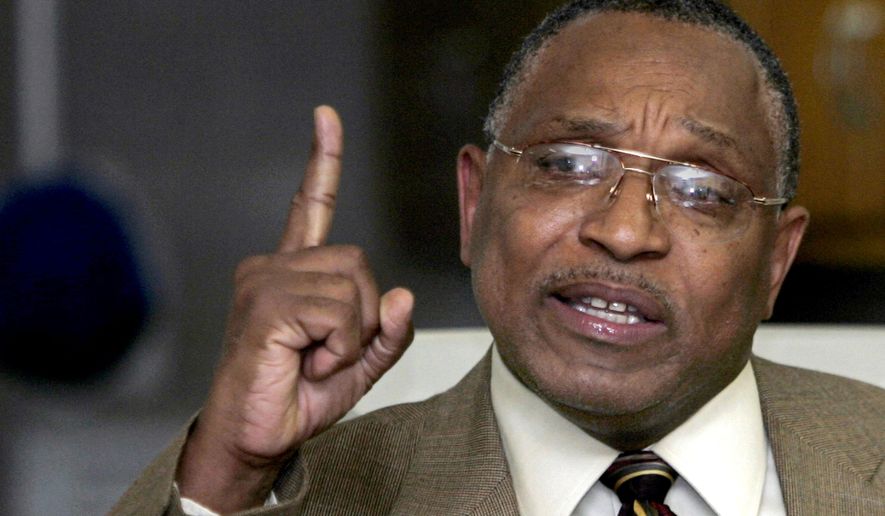By Stephen Dinan - The Washington Times - Thursday, August 17, 2017
A federal judge on Thursday ordered the IRS to name the specific employees the agency blames for targeting tea party groups for intrusive scrutiny and said the government must prove it has ceased the targeting.
Judge Reggie B. Walton also said the IRS must explain the reasons for the delays for 38 groups that are part of a lawsuit in the District of Columbia, where they are still looking for a full accounting of their treatment.
Judge Walton approved another round of limited discovery in the case and laid out six questions that the IRS must answer, including the employees’ names, why the groups were targeted and how the IRS has tried to prevent a repeat.
At a hearing earlier this week, Judge Walton said it was time to get everything on the table.
“Lay it on the line. Put it out there,” he told attorneys for the IRS, who are continuing to fight some tea party groups’ demands for full disclosure.
The targeting scandal burst open in May 2013 when the IRS admitted it had been pulling conservative-leaning groups’ nonprofit status applications out of the usual processing queue and subjecting them to extra scrutiny and extraordinary delays because of perceived political activity.
IRS senior executive Lois G. Lerner initially said the problem was rogue employees at an Ohio office who botched the handling. But subsequent investigations revealed that IRS officials at the highest levels of Washington were aware of the delays and extra scrutiny.
Some applications are still awaiting approval, though the IRS as of late last month had agreed to a process for deciding on one of the key outstanding cases.
Still, some tea party groups say they feel they are being treated unfairly.
Carly Gammill, a lawyer at the American Center for Law and Justice, which is representing some of the groups in the lawsuits, told Judge Walton that they are concerned about an email sent by IRS employees during the initial targeting speculating that they would approve applications but would review them later for follow-ups.
“We suspect we will have to approve the majority of the c4 applications,” Holly Paz, a top Lerner aide, said in one 2011 email. “We will also refer these organizations to the Review of operations for follow-up in a later year.”
Ms. Gammill said the case against the IRS has been open for four years and that it’s time the agency explain what it did and whether it’s still treating tea party applications differently.
But Laura Conner, the Justice Department lawyer defending the IRS, said the inquiries would absorb too much time and effort, with no evidence that they would produce any new evidence.
“The United States should not be held to respond to far-reaching inquiries,” she said.
“Why hide the ball?” he asked the tax agency. “If there’s nothing there, there’s nothing there.”
Mr. Walton told the IRS to go beyond searching a basic agency database for records and ordered it to scour “other relevant resources containing documents from the relevant time period.”
The judge said that time frame runs from 2009 to March 27, 2015. The IRS had been arguing for a shorter period.
“Furthermore, to the extent that the plaintiffs have already received information produced by the government indicating that the plaintiffs were allegedly discriminated against, and that information provides a basis to believe that other such documents exist, the government must search all relevant sources to ensure that all documents responsive to the document request is identified and produced,” the judge wrote in his order.
He gave the IRS until Oct. 16 to finish the search.
In addition to the Washington cases, the IRS is battling a class-action lawsuit in Ohio against hundreds of groups that were on the agency’s target list.
Ms. Lerner and Ms. Paz have given depositions in that case but have asked that their testimony be kept secret, saying they fear death threats.
The judge in the Ohio case is deciding what information to make public.




No comments:
Post a Comment